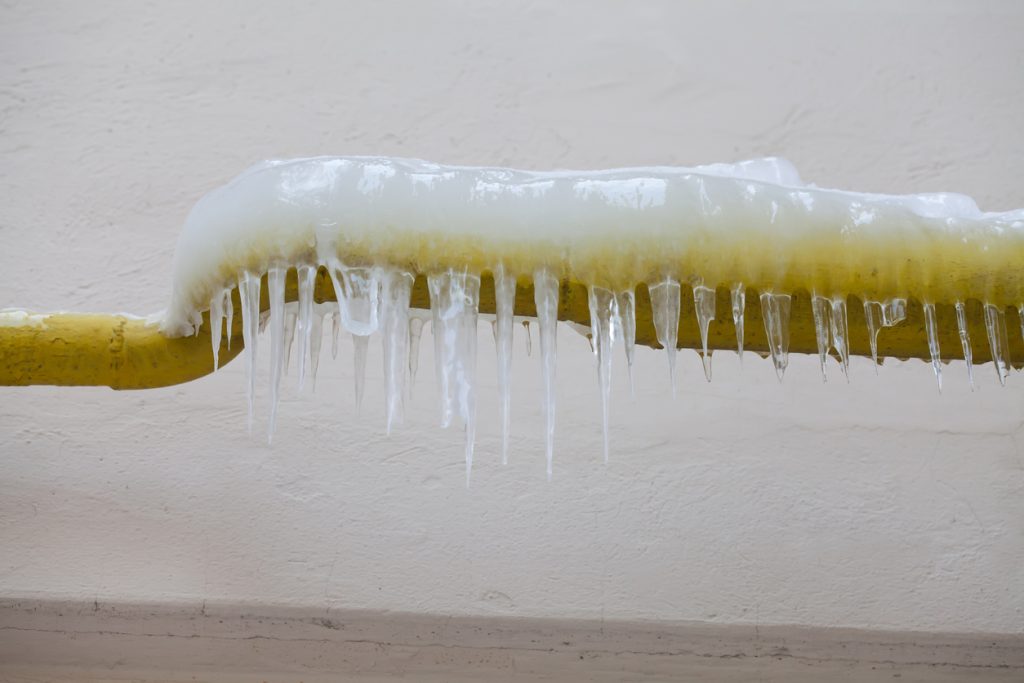Preventing Pipes from Cold Weather: Top Tips
Preventing Pipes from Cold Weather: Top Tips
Blog Article
In this article further down you can find a lot of helpful information and facts in relation to How to Prevent Your Pipes From Freezing.

Winter can wreak havoc on your pipes, especially by freezing pipes. Right here's exactly how to prevent it from taking place and what to do if it does.
Introduction
As temperature levels decrease, the threat of frozen pipes boosts, possibly resulting in pricey fixings and water damages. Recognizing just how to prevent frozen pipes is vital for house owners in cool climates.
Understanding Icy Pipelines
What creates pipelines to ice up?
Pipelines freeze when revealed to temperature levels listed below 32 ° F (0 ° C) for expanded periods. As water inside the pipes ices up, it expands, taxing the pipe wall surfaces and potentially causing them to break.
Risks and problems
Frozen pipes can result in water system interruptions, residential property damages, and expensive fixings. Ruptured pipes can flooding homes and trigger substantial architectural damages.
Indicators of Frozen Water Lines
Determining icy pipes early can stop them from breaking.
How to recognize icy pipes
Try to find reduced water flow from taps, unusual odors or sounds from pipes, and noticeable frost on revealed pipes.
Avoidance Tips
Insulating at risk pipes
Wrap pipelines in insulation sleeves or make use of warmth tape to protect them from freezing temperatures. Concentrate on pipelines in unheated or outside locations of the home.
Home heating strategies
Maintain indoor rooms appropriately warmed, specifically areas with pipes. Open cupboard doors to enable cozy air to flow around pipelines under sinks.
Protecting Outdoor Plumbing
Garden hoses and outside faucets
Detach and drain pipes yard pipes prior to winter months. Install frost-proof spigots or cover outdoor taps with insulated caps.
What to Do If Your Pipelines Freeze
Immediate activities to take
If you believe icy pipes, keep faucets open to alleviate pressure as the ice thaws. Make use of a hairdryer or towels taken in hot water to thaw pipelines gradually.
Long-Term Solutions
Structural adjustments
Consider rerouting pipelines far from outside wall surfaces or unheated locations. Include added insulation to attic rooms, basements, and crawl spaces.
Upgrading insulation
Invest in top quality insulation for pipelines, attics, and walls. Appropriate insulation aids preserve consistent temperatures and lowers the risk of frozen pipelines.
Conclusion
Preventing icy pipelines calls for aggressive procedures and fast responses. By recognizing the reasons, indicators, and preventive measures, home owners can safeguard their pipes throughout winter.
5 Ways to Prevent Frozen Pipes
Drain Outdoor Faucets and Disconnect Hoses
First, close the shut-off valve that controls the flow of water in the pipe to your outdoor faucet. Then, head outside to disconnect and drain your hose and open the outdoor faucet to allow the water to completely drain out of the line. Turn off the faucet when done. Finally, head back to the shut-off valve and drain the remaining water inside the pipe into a bucket or container. Additionally, if you have a home irrigation system, you should consider hiring an expert to clear the system of water each year.
Insulate Pipes
One of the best and most cost-effective methods for preventing frozen water pipes is to wrap your pipes with insulation. This is especially important for areas in your home that aren’t exposed to heat, such as an attic. We suggest using foam sleeves, which can typically be found at your local hardware store.
Keep Heat Running at 65
Your pipes are located inside your walls, and the temperature there is much colder than the rest of the house. To prevent your pipes from freezing, The Insurance Information Institute suggests that you keep your home heated to at least 65 degrees, even when traveling. You may want to invest in smart devices that can keep an eye on the temperature in your home while you’re away.
Leave Water Dripping
Moving water — even a small trickle — can prevent ice from forming inside your pipes. When freezing temps are imminent, start a drip of water from all faucets that serve exposed pipes. Leaving a few faucets running will also help relieve pressure inside the pipes and help prevent a rupture if the water inside freezes.
Open Cupboard Doors
Warm your kitchen and bathroom pipes by opening cupboards and vanities. You should also leave your interior doors ajar to help warm air circulate evenly throughout your home.

As a keen person who reads on How to prepare your home plumbing for winter weather, I think sharing that topic was really helpful. Do you know anybody else who is interested in Helpful Tips to Prevent Frozen Pipes this Winter? Take a moment to promote it. Many thanks for being here. Come back soon.
Schedule Your Service Report this page